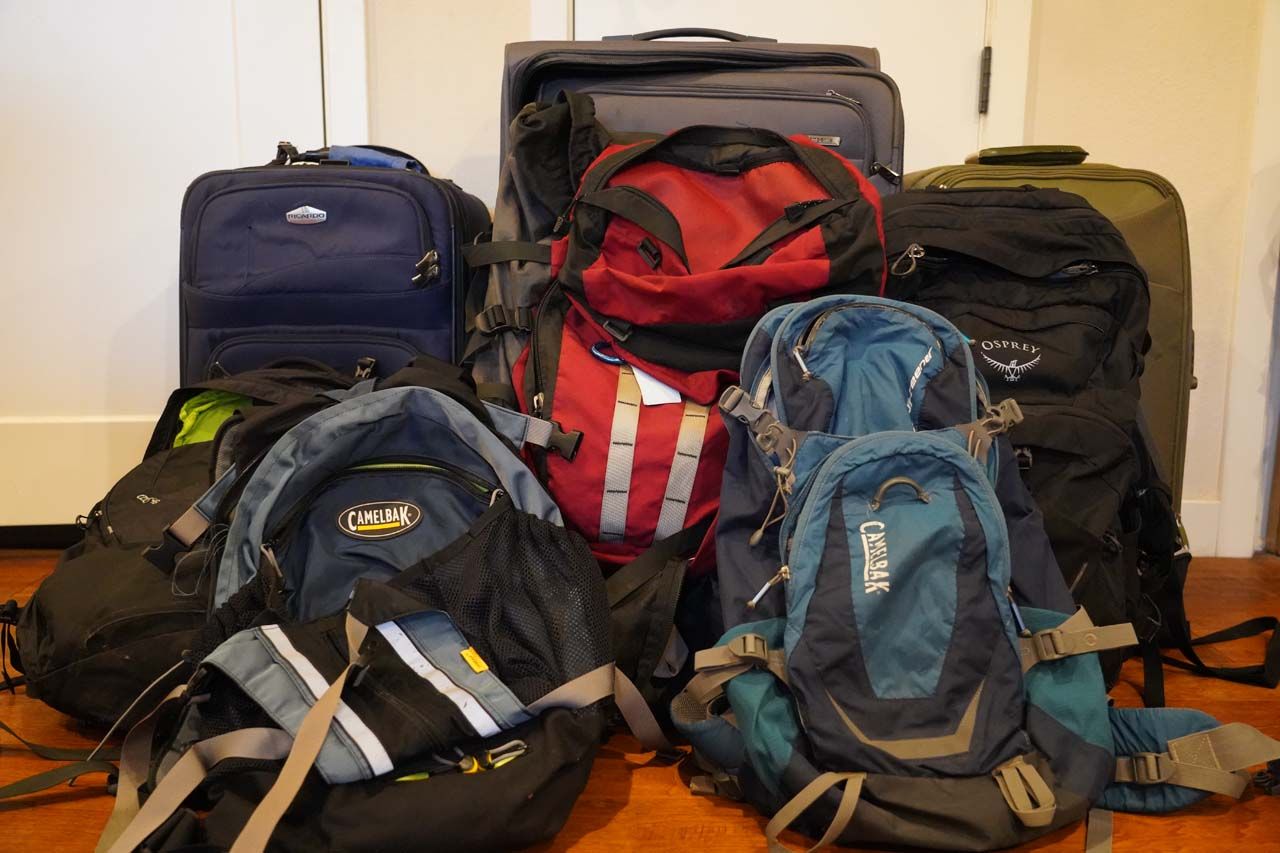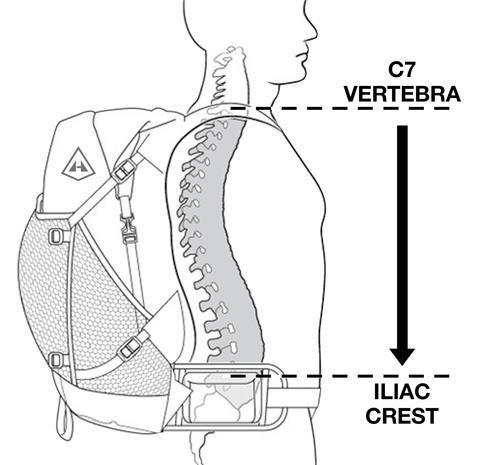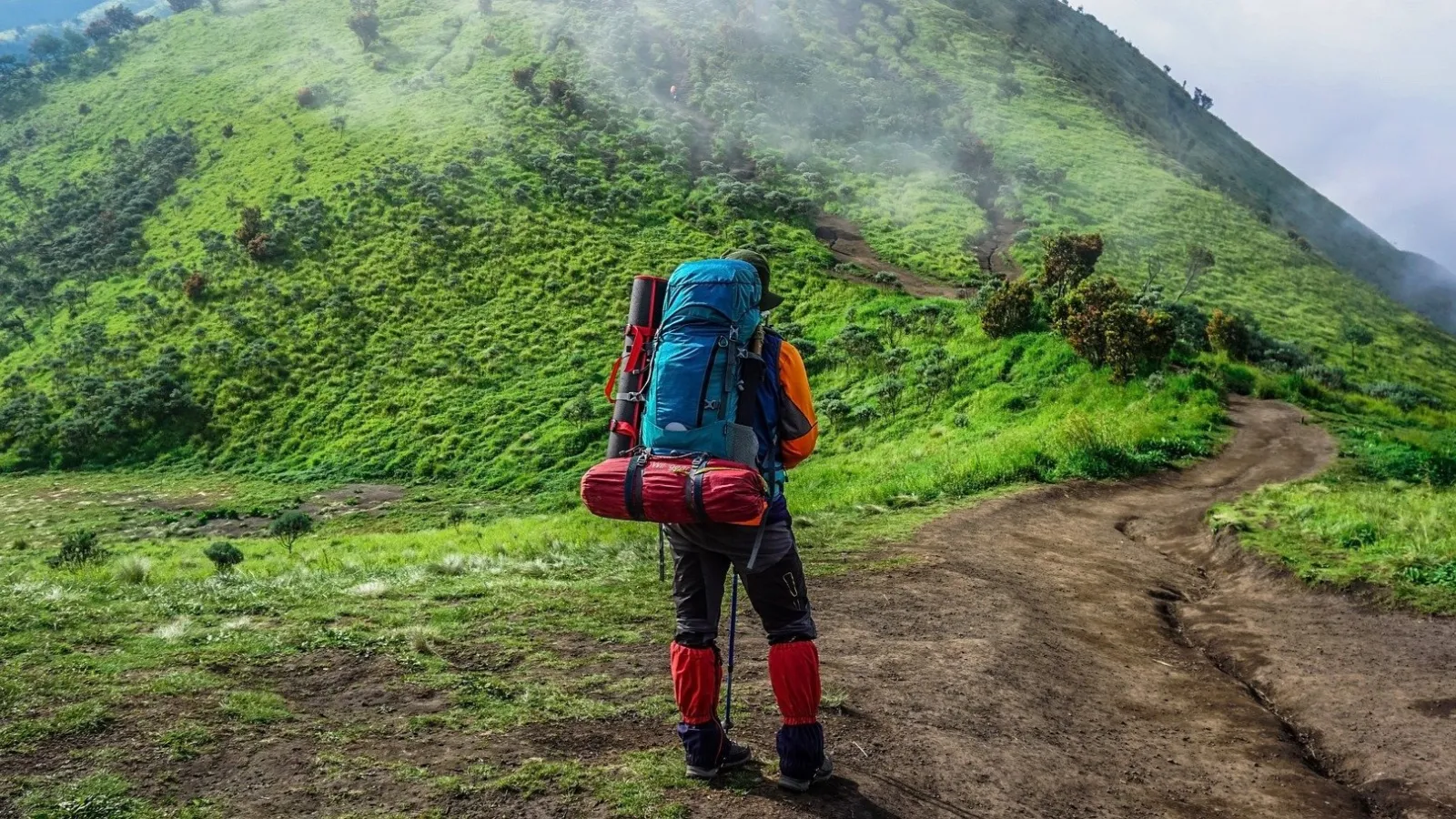As the weather warms up, people start to head outside and enjoy the sun. Day trips and extended trips typically require some gear to be prepared for the elements. As a great place for gear stashing, backpacks are an essential piece of equipment to have on hand! Not all backpacks are created equally and when purchasing and fitting a backpack, there are a few things to keep in mind.

Initially, you need to determine how long your trip will take. If it will be less than a day, a smaller backpack with fewer bells and whistles will work. It should have various pockets and places to stash items, but the biggest thing to lookout for is a chest strap. This ensures that the weight of the backpack will be more evenly distributed. Some day packs even include small hip belts, which also helps with the weight distribution and keeping the pack centered on your back.

If your trip is extended or multi-day, a backpacking backpack could be beneficial. To ensure a good fit, there are a few measurements that should be taken. Starting from the base of your neck, measure down the back until you are in line with the top of your hip bones (C7-L4/5). This number corresponds to the size of the backpack you need to buy. Typically, backpacks are sized XS-L and go based off of the back measurement. Another number you will need, is the circumference of your waist. This enables you to measure the hip belt of the backpack to see if it will be a good fit or if it needs to go up or down a size in relation to the pack itself. With these larger packs, it is essential that they have both a hip belt and a chest strap so that the weight of the pack can be evenly distributed.
When fitting a pack, have weight in the backpack so that it can be sized accordingly. Once the pack is on, loosen the hip belt, chest strap, and arm straps. To be properly fitted the pack's hip belt/weight needs to rest on your hip bones. When the pack is filled you want most of the weight to be carried through your hips and not your shoulders. By tightening the hip belt first, this ensures that the weight stays on your hips. After the hip belt, you then tighten the chest strap, bringing the backpack as close to your center of gravity as possible. This helps keep the weight centered on your body and gives more control over the pack. The last straps to be cinched up are the arm straps, one for each side. These shift some of the weight to your shoulders, making it moderately more comfortable.
Have fun exploring!
Pro tip: When packing your backpack, put the heavy items at the bottom and close to your spine. This will help with weight distribution and keeping your balance!
About the author:

